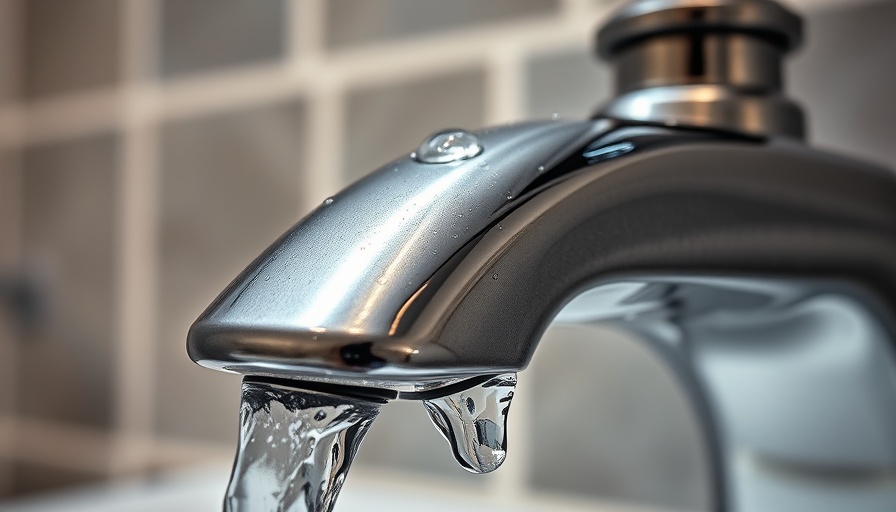
Unlocking the Mystery: Solar Attic Fans Explained
Solar attic fans have garnered attention in the realm of home improvement and energy efficiency. Designed to ventilate attics, these fans use solar energy, making them a sustainable choice for homeowners looking to reduce their energy costs and improve home comfort.
Benefits of Solar Attic Fans: More Than Just a Trend
One key advantage of solar attic fans is their ability to significantly lower attic temperatures. On hot summer days, attics can reach extreme temperatures, which can extend to living spaces through conduction. Solar attic fans alleviate this problem by helping maintain cooler attic conditions, potentially lowering cooling costs and extending the life of roofing materials.
The Environmental Impact: A Step Toward Sustainability
As society becomes more aware of its environmental footprint, the implementation of sustainable technologies becomes paramount. Solar attic fans represent a small but significant step toward greener living. By harnessing the sun's energy, these fans help to reduce reliance on nonrenewable energy sources, contributing to an overall decrease in greenhouse gas emissions.
Considerations and Misconceptions
Despite their benefits, some homeowners might hesitate to adopt solar attic fans due to misconceptions about their effectiveness. Critics may suggest that these fans can be noisy or that they might not work during cloudy days. It’s crucial to address these concerns by highlighting that modern solar attic fans are designed with quiet operation in mind and can still operate efficiently under less-than-ideal sunlight conditions. Thus, these fans can serve as viable options for many households striving for energy efficiency.
Future Innovations in Attic Ventilation
As technology advances, the future of solar attic fans looks promising. Ongoing research focuses on enhancing the efficiency of these fans, integrating smart home technology for automated operation, or even pairing them with other sustainable technologies. Understanding these innovations can empower homeowners to make informed choices regarding their energy systems.
Making the Right Decision for Your Home
Ultimately, the decision to install a solar attic fan should align with a homeowner's overall energy strategy. Factors such as region, climate, and personal energy consumption will play a pivotal role in determining whether this technology is a wise investment. Engaging with a professional can provide valuable insights tailored to individual needs and conditions.
 Add Row
Add Row  Add
Add 






Write A Comment